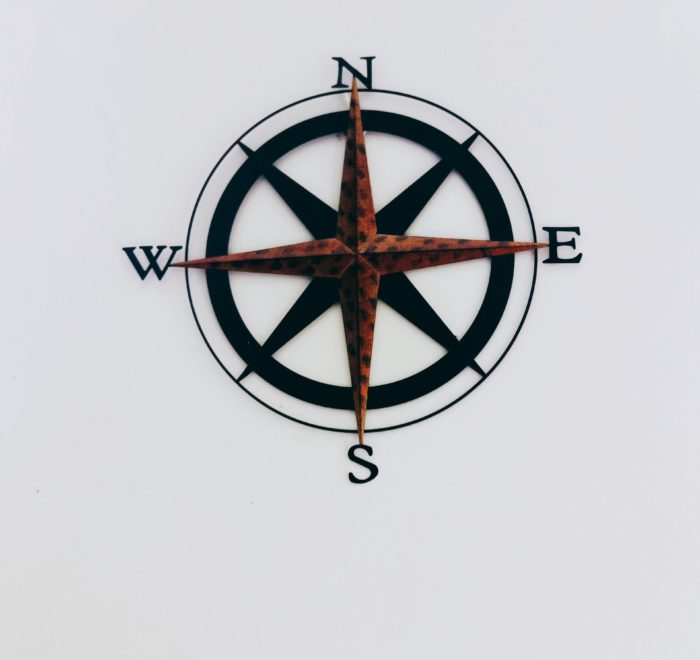Description:
Drive to the Beach– Free at leisure with included sunbed and umbrella – Drive back to the port
Drive at the beach area of Ksamil islands.
Only a few kilometres drive from the port of Saranda, the Ksamil coastal village is famous for its white sandy beaches and turquoise waters, as well as for the 4 remoted islands.
Enjoy a relaxing day by the beach, with a panoramic view of the islands.
***OPTIONAL – boat trip through the islands
***OPTIONAL – Lunch in a local restaurant
Return transfer at the port of Saranda.
SAR07 5.5HRS SARANDE CITY TOUR, LEKURSI CASTLE & THE ROMAN SITES OF BUTRINT
Meet with your guide at the port of Saranda and start the tour driving towards Lekursi Castle.
With a panoramic view all over the city, the guide will present you the first introduction of Saranda, main facts and information’s about the city and its history. After the panoramic stop, we drive back to the city, where we start the walking tour.
Enjoy the visit of the main promenade by the port, and enter the Heritage Museum. Stroll through long corridors of mosaics and early Christian artifacts. Explore the town’s origins and Albania’s own importance to the world. Saints, martyrs and war are all vividly explained.
Visit the Synagogue. During the 5th Century AD there was a large and wealthy Jewish community that lived in Saranda. These old ruins represent what was once a community center and old school used for bible studies. During the 6th Century the buildings were converted into a basilica but later destroyed either by an earthquake or by Slavic invasion. Many different mosaics and other different Jewish symbols can be found at the site even today, noticeably the seven-branched candelabrum surrounded by citrons (lemons) and a ram’s horn. These can be seen on the two mosaic pavements.
Other mosaics which can be seen include animals, trees, religious characters and a structure/shrine.
start the tour driving towards the UNESCO site of Butrint.
Butrint is situated on a low promontory on the southwest coast of Albania. Set in a marshy landscape between Lake Butrint, an inland lagoon, and the busy straits separating Corfu from Albania, it is an archeological and environmental haven.
The site of Butrint has been occupied since at least the 8th century BC, although myths associated with its origins speak of the city’s foundation by Trojan exiles. By the 4th century BC, a walled settlement was established and the city became a successful cult site, dedicated to Asclepius. Augustus founded a colony at Butrint and the town seems to have remained a relatively small Roman port until the 6th century AD. Little is known of the site between the 7th and 9th centuries. Its later medieval history was turbulent as the town was involved firstly in the power struggles between Byzantium and successive Norman, Angevin and Venetian states and secondly in the conflict between Venice and the Ottoman Turks. By the early 19th century it had dwindled to a small fishing village clustered around a Venetian castle.
Archeological investigation of the site was begun by an Italian mission in the 1920s, and was continued under the post-war communist government of Albania.
Key areas of excavation include the Roman Forum, a sprawling Roman townhouse known as Triconch Palace, a late-antique baptistery, a Roman villa and late-antique church on the shore of Lake Butrint at Diaporit and a major suburb of the Roman town located on the plain in front of the walled city.
After the guided tour of Butrint (2.5 hrs), drive back to the port of Saranda.
Albania local expert with carefully selected suppliers and a highly professional team!
A dedicated assistance, with a 24/7 multilingual emergency line, and on site teams.
Bespoke service for every aspect of your journey.
